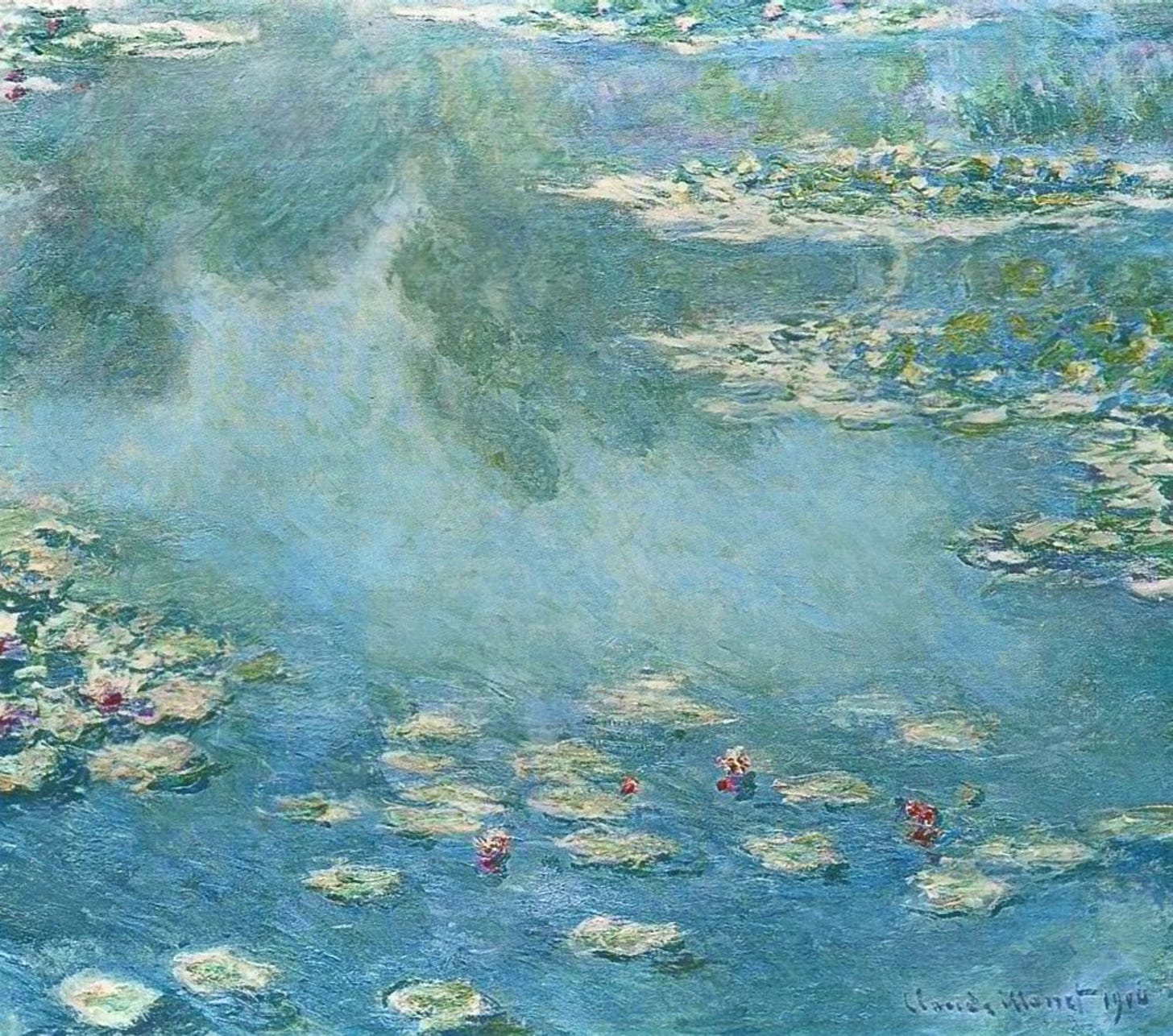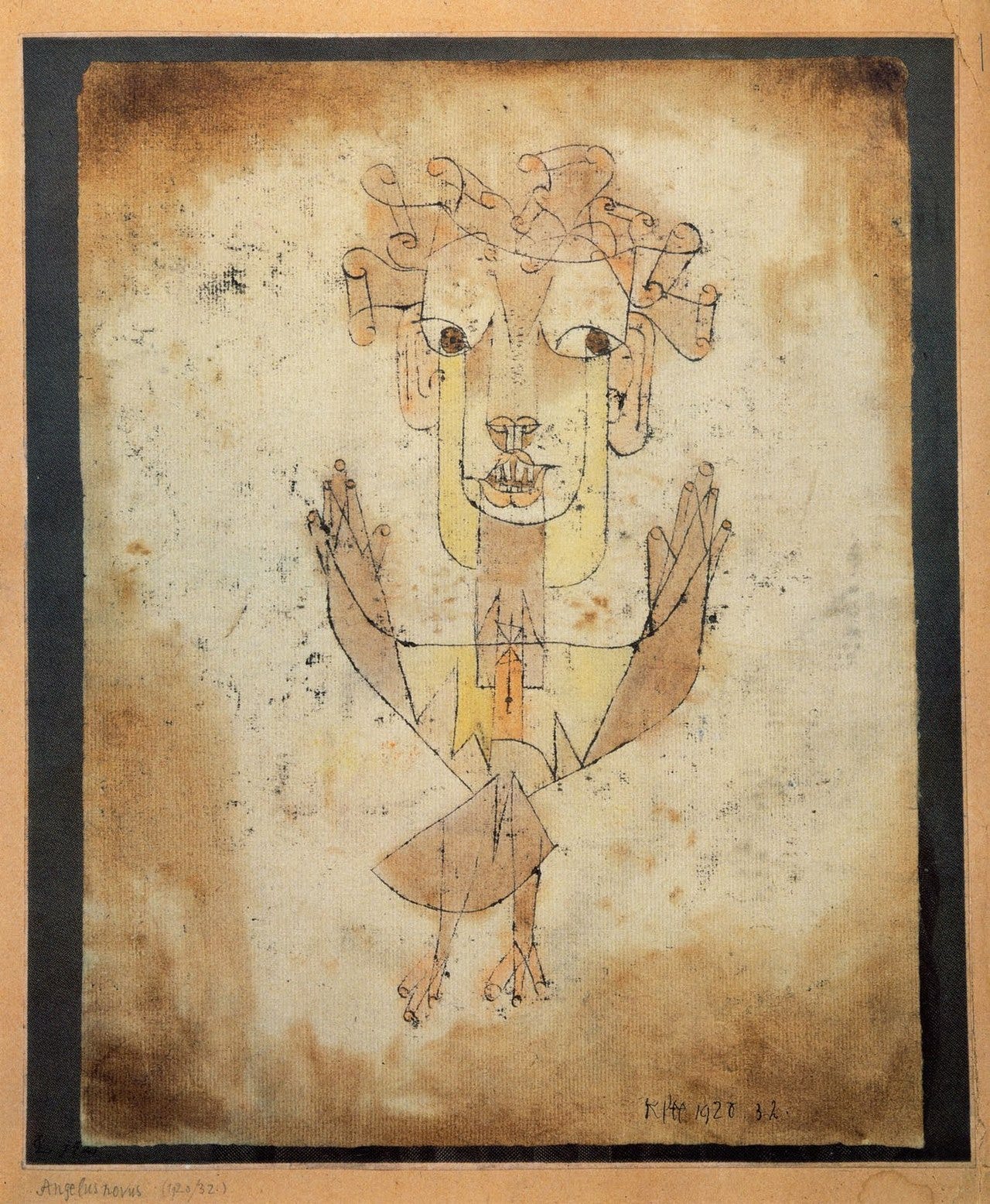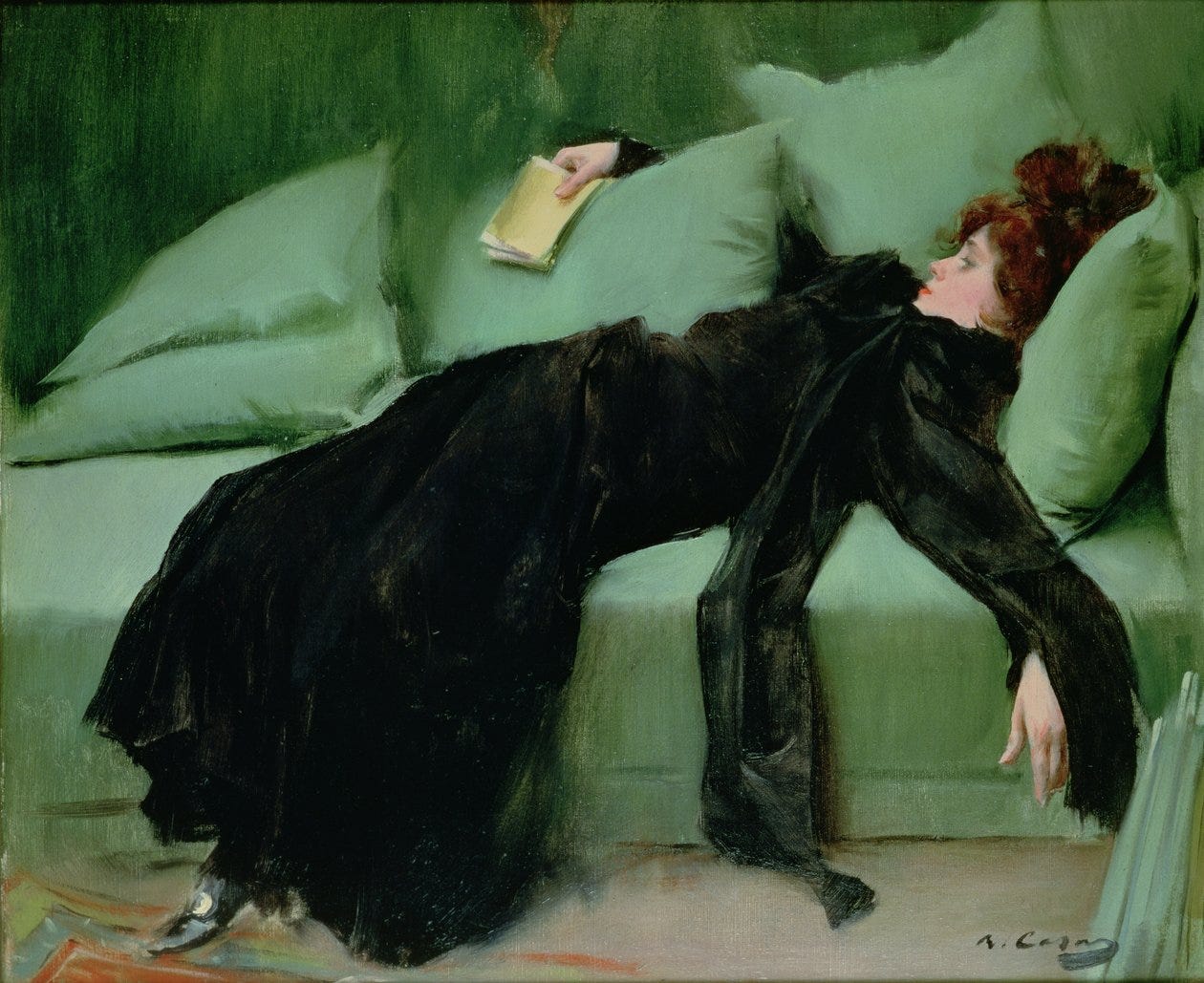I apologize to folks who are already subscribed as some of this info will be redundant. To those who weren’t expecting this email, Substack allows me to add email addresses to my list. I took the liberty–’Merica–to do so. I hope this does not offend anyone, please know that I did so because I value you and I think you may, at the very least, be interested in some of the things I have planned.
Let’s start with the TL;DR (for the elders among us, that means too long; didn’t read).
Last week three people in one day told me to start a Substack, so I did.
I have three types of posts planned for the three groups of people who might visit; everyone, free subscribers, and paid subscribers.
Fragments - weekly pairings of 2-3 artworks with brief contemplations–available to everyone.
Reflections - 2-4 monthly topical short essays examining the intersections of 5-7 artworks–available to free and paid subscribers.
Depths - monthly longer essays including more personal topics and stories diving deep into 10-15 artworks and my experiences of them–available to paid subscribers only.
Here is a picture to help you finish reading this post:
Water-Lilies (1906-07)
by Claude Monet
You might have already picked up on this, but I think art can help us live better and deeper lives. You might have also picked up on my naming conventions above: Fragments, Reflections, and Depths.
Artworks are like pools of water. When paired together they create kaleidoscopes of all kinds. These are the fragments.
As we stare at the surface we start to see reflections beyond our focal view. We gain a broader realization of the path upon which the light travels before entering our pupils.
Eventually, as our eyes adjust to the ambient light, our eyes begin to pierce the surface to see into the depths. Some pools are shallow, some are unfathomable–there be the monsters!
It is through the act of gazing–not talking about gazing or talking about how to look at the pool from the right angle–that our imaginations grow. That is why I am excited to begin this project.
We all are blind to the future. We face backwards as our lives pile up in the past and the future rushes by us. Like Klee’s Angel of History:
Angelus Novus (1920)
by Paul Klee
Artworks can serve as unique reflecting surfaces. They can help us see back around behind us (into the future) but also understand the depths of the present that were lost beyond the edges of our peripheral vision.
As Shakespeare wrote in A Midsummer Night’s Dream:
“The poet's eye, in a fine frenzy rolling,
Doth glance from heaven to earth, from earth to heaven.”
Artworks of all kinds can give us a glimpse of the metaphysical, the invisible, through its material (even if that material is conceptual) and vice versa.
Questions you might have:
I saw the word Heaven up there and I can see that your older posts are all about the Christian Holy Week, is this going to be religious?
Here is the honest but infuriating answer, yes and no. I believe, like Kandinsky (and Kaprow, Rothko, Pollock, Rauschenberg, Henri, etc.) that art is rooted in the spiritual. Therefore, many of my reflections will be spiritual in nature. Also, I am a Christian. Not all of my posts will be geared around Christian Holy Days and many of my posts will not be associated with holy days of any sort. The impetus for this Substack started with musings on Holy Week, but the long-term focus will be on how art can help us all.
Do I have to like art? Or know the distinctions between modern art, contemporary art, postmodern art, or whatever the Art School Confidants call post-postmodern art?
No! I think art is for all people, not just philosophers and academics. I believe art can help us in a myriad of ways and so my goal is to make this as interesting and accessible as possible.
Who is your target audience?
Folks who want to enjoy the bounty of experiences to be found in art and are willing to let those works challenge their conceptions of the world.
What kinds of “art” will you be feeding my inbox with?
All of it! Paintings, drawings, poetry, music, films, anything and everything I think is interesting and has the potential to change your life. That might sound hyperbolic but, if you stick with me, you will see that art has changed my life. I think it can change yours as well.
Are you going to be defining “Art” and talking about theory all the time?
Again, yes and no. Not in the fragments or reflections. More theoretical writings will occur in the Depths along with more “instructional” ideas of how to better encounter art.
What methodology will you be using?
Wow, that’s a bit much. I am trying to keep it light here! Let’s see if this satisfies your certainly specific question: I am a generalist who is not interested in generating more “scholarship.” I find it tragic that so many of my academic peers spend years of their lives writing papers that end up being read by only a handful of specialists. My goal is to start with others’ scholarship and make it approachable for all of you. Therefore, I will be using a variety of methodologies but always with one goal in mind; finding the best path to the deepest meaning within any specific artwork.
Are you done blathering yet?
After the Ball (undated)
by Ramon Casas i Carbo
Feel free to unsubscribe or curse me for sending you spam or ignore this and let it go to your junk folder. But, I hope you will subscribe, I hope you will benefit, and I hope you will share these posts with others. I hope you will join me in what I think will be a bit like what Mr. Tumnus said at the end of Lewis’ The Last Battle:
“The further up and the further in you go, the bigger everything gets. The inside is larger than the outside.”
P.S. Don’t forget to share and subscribe:
P.P.S. oh, and comment, I am sure that is good for something:






Thanks for adding me
Can you briefly discuss Klee’s Angel of History... I don't recall ever seeing that one before.